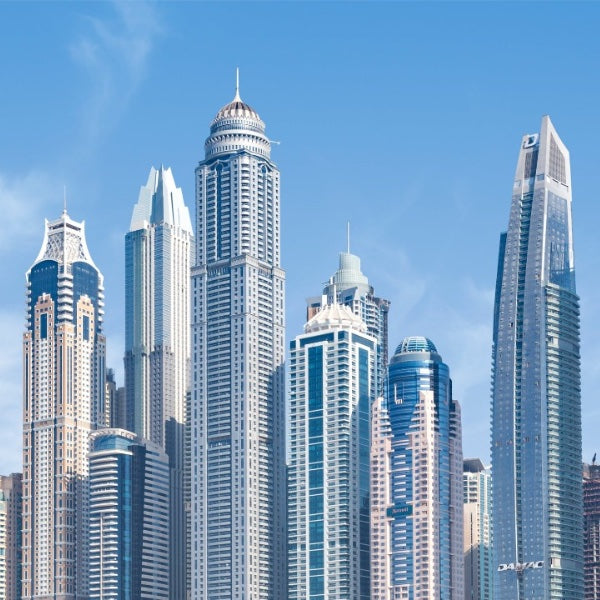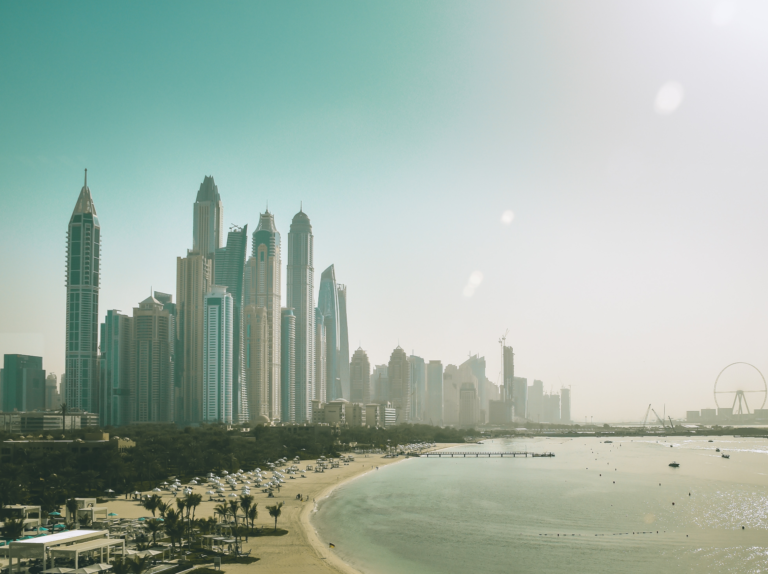The UBS Global Real Estate Bubble Index 2025 once again shines a spotlight on the global residential real estate markets. Current developments were analyzed in 21 major cities, with a particular focus on bubble risks. A global slowdown is evident: inflation-adjusted home prices are stagnating and the risk of a real estate bubble is falling for the third time in a row.
Global overview: bubble risks are shifting
The risk leaders in 2025: Miami, Tokyo and Zurich are currently considered the markets with the highest bubble risk, followed by Los Angeles, Geneva, Amsterdam - and Dubai, which is now in the "increased risk" category. The analysts see moderate risk in Sydney, Vancouver, Toronto, Madrid, Frankfurt and Munich, among others. Cities such as London, Paris, Milan, Hong Kong, San Francisco, New York and São Paulo are significantly lower - in the "low risk" category.
A global trend is curbing investor interest: falling affordability combined with regulatory interventions such as higher taxes or rent controls.
Dubai: Dynamic market with growing risk and record new construction volume
Compared to the previous year, Dubai recorded the most significant increase in real estate bubble risk of all the major cities analyzed. Since 2023, real residential prices have been rising by a double-digit percentage every year and are now around 50 % higher than five years ago - the strongest growth in a global comparison. This development is being driven primarily by strong population growth of 15% since 2020, persistently high international demand and strong capital inflows into the premium segment.
At the same time, incomes are growing significantly slower than property prices, which is putting increasing pressure on affordability. At the same time, the construction sector is experiencing a record year: around 30,000 building permit applications were submitted in the first half of 2025 - an increase of 20% compared to the previous year. Over 20,000 new apartments have already been completed, with a total of around 170,000 units under construction or in planning.
This combination of sharply rising prices and a massive volume of new construction is shaping the current market dynamics in Dubai and is contributing to both the ongoing boom and the increasing risk of overheating.
Outlook: Opportunities and risks until 2026
The high volume of new construction is likely to significantly expand supply in the coming years. This will also increase competition, not least from Abu Dhabi. Although expected interest rate cuts up to 2026 could support prices, there is a risk of a correction if supply exceeds demand or regulatory measures take effect.
Forecast until the end of 2025:
- Around 70,000 new apartments
- Construction industry in the UAE expected to grow by 6% annually until 2030
- Transaction volume expected to increase by a further 5-8% in 2025, especially in the high-end segment
A crash is not currently expected, but a moderate slowdown from mid-2025 is considered likely.
Recommendation for investors
The market remains attractive - especially for investors who focus on sustainable and high-quality projects. At the same time, investors should keep an eye on the increasing risk of a price correction from 2026.
Link UBS Global Real Estate Bubble Index 2025: https://www.ubs.com/global/de/media/display-page-ndp/de-20250923-grebi25.html




